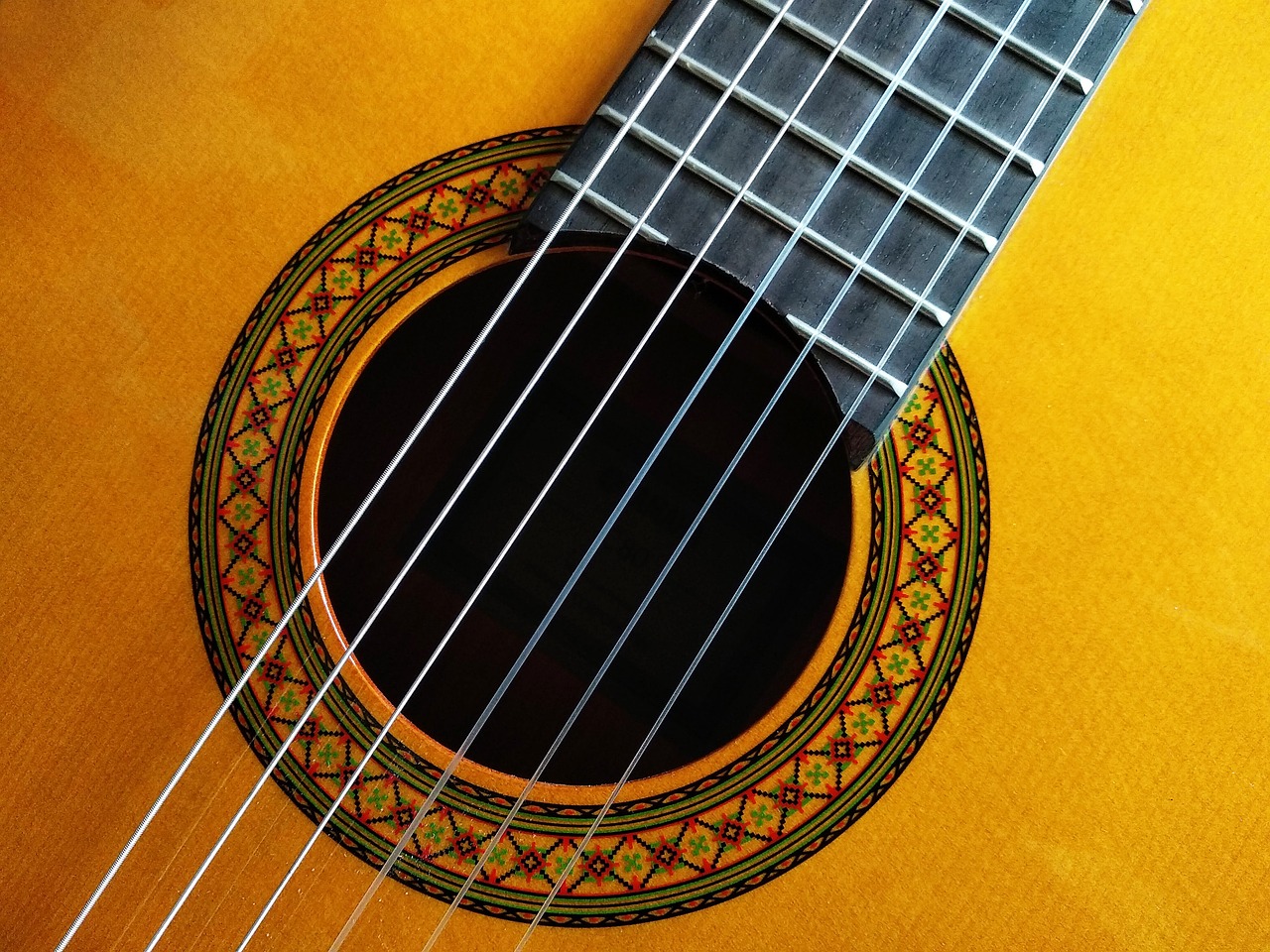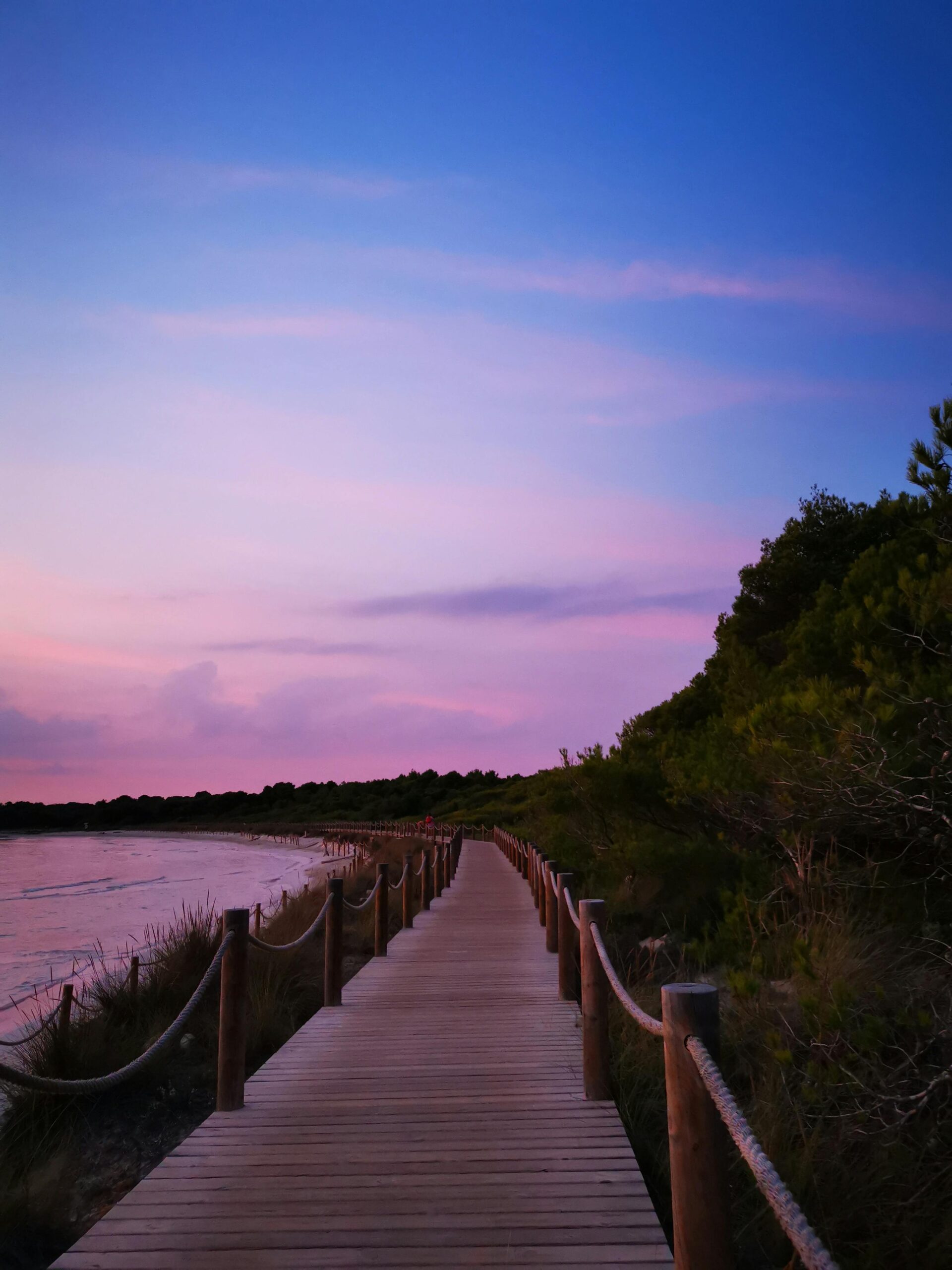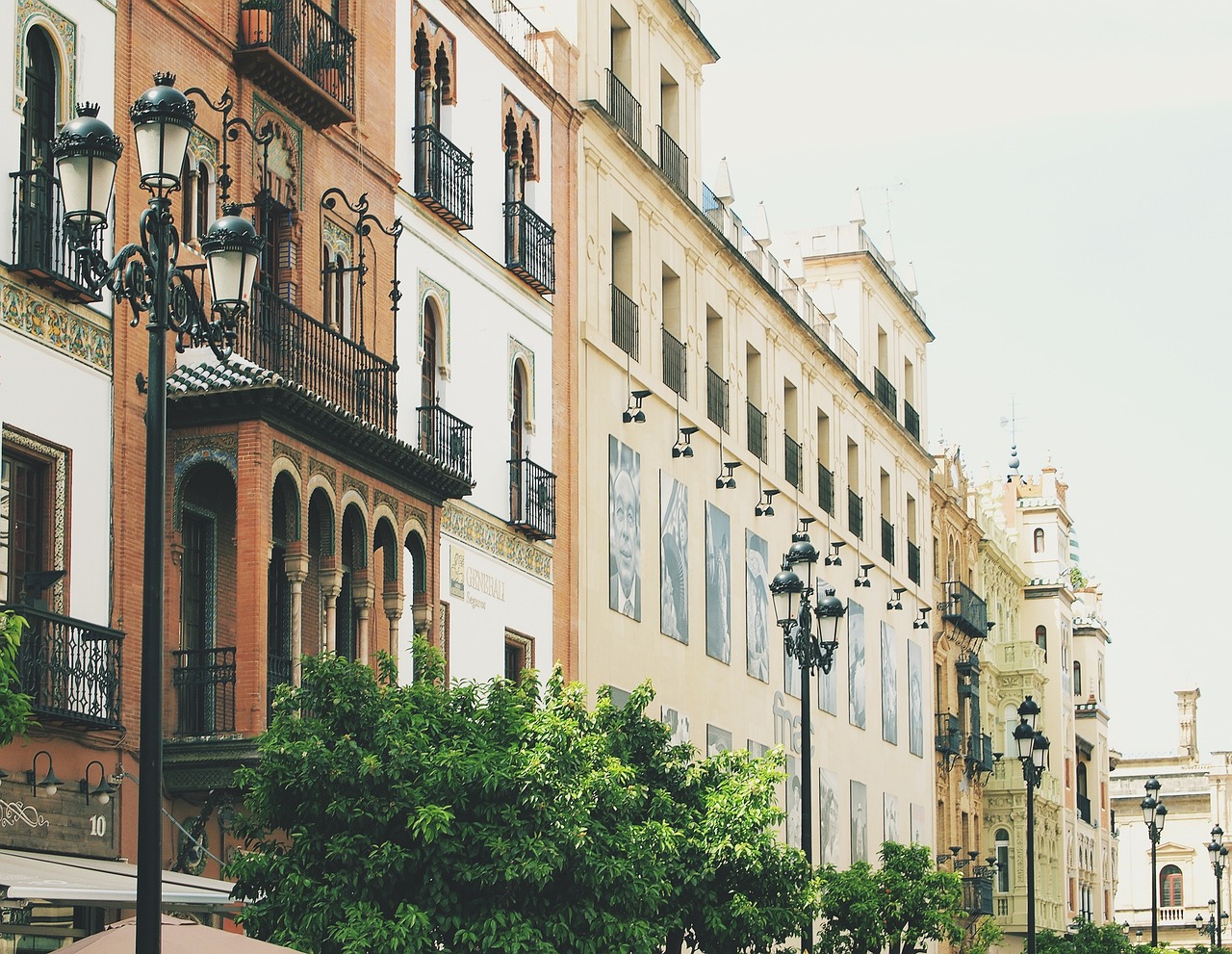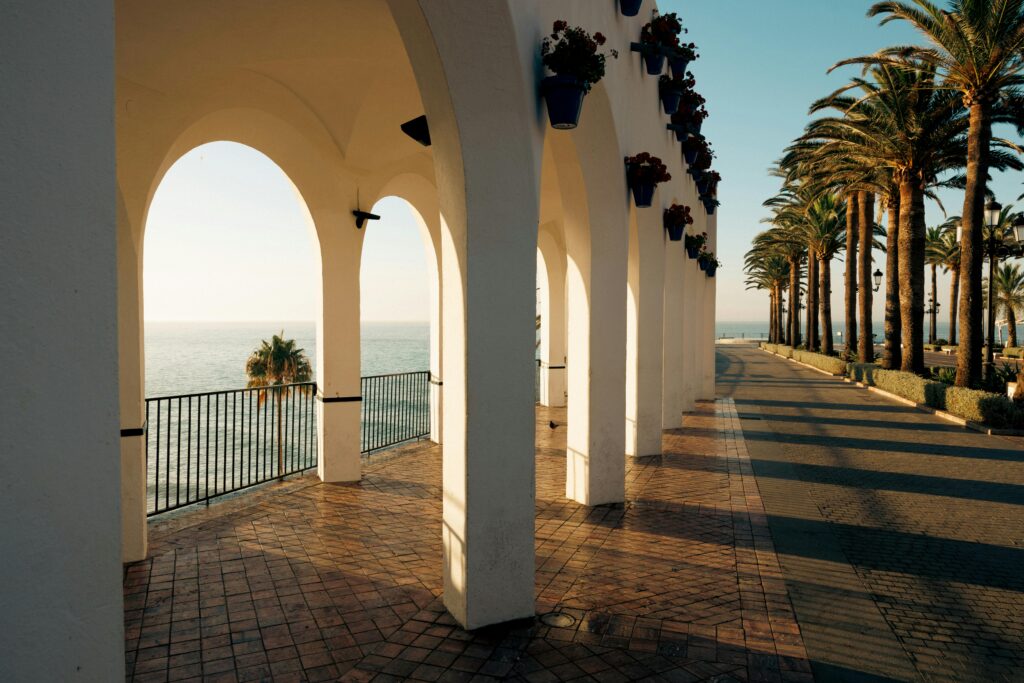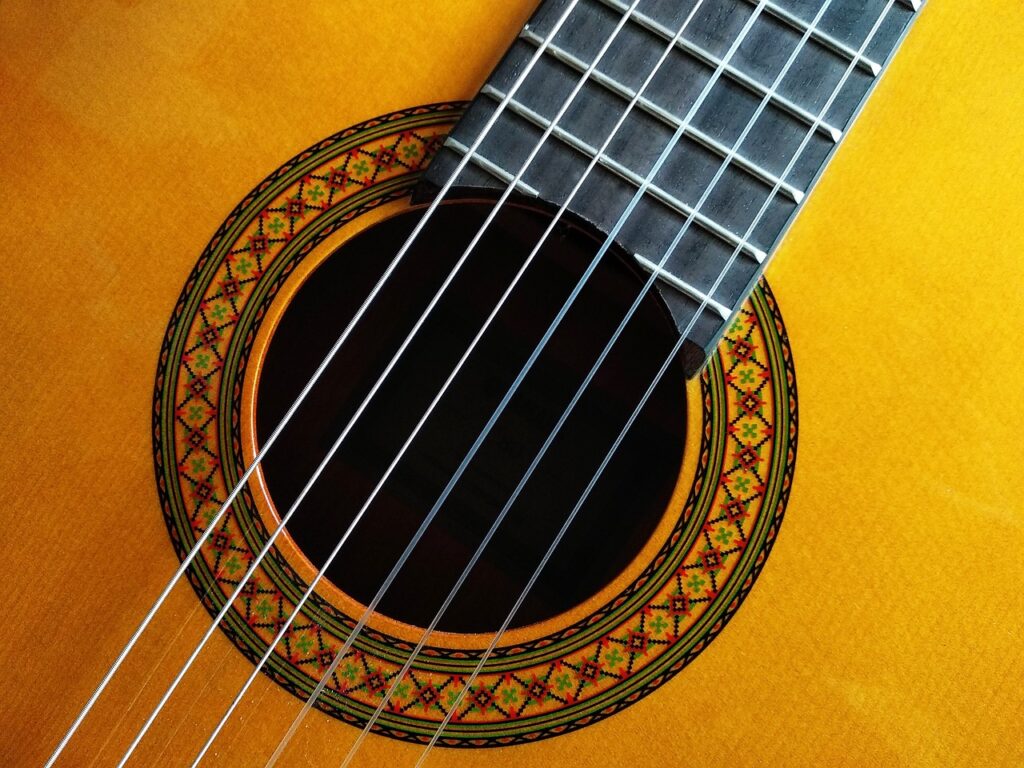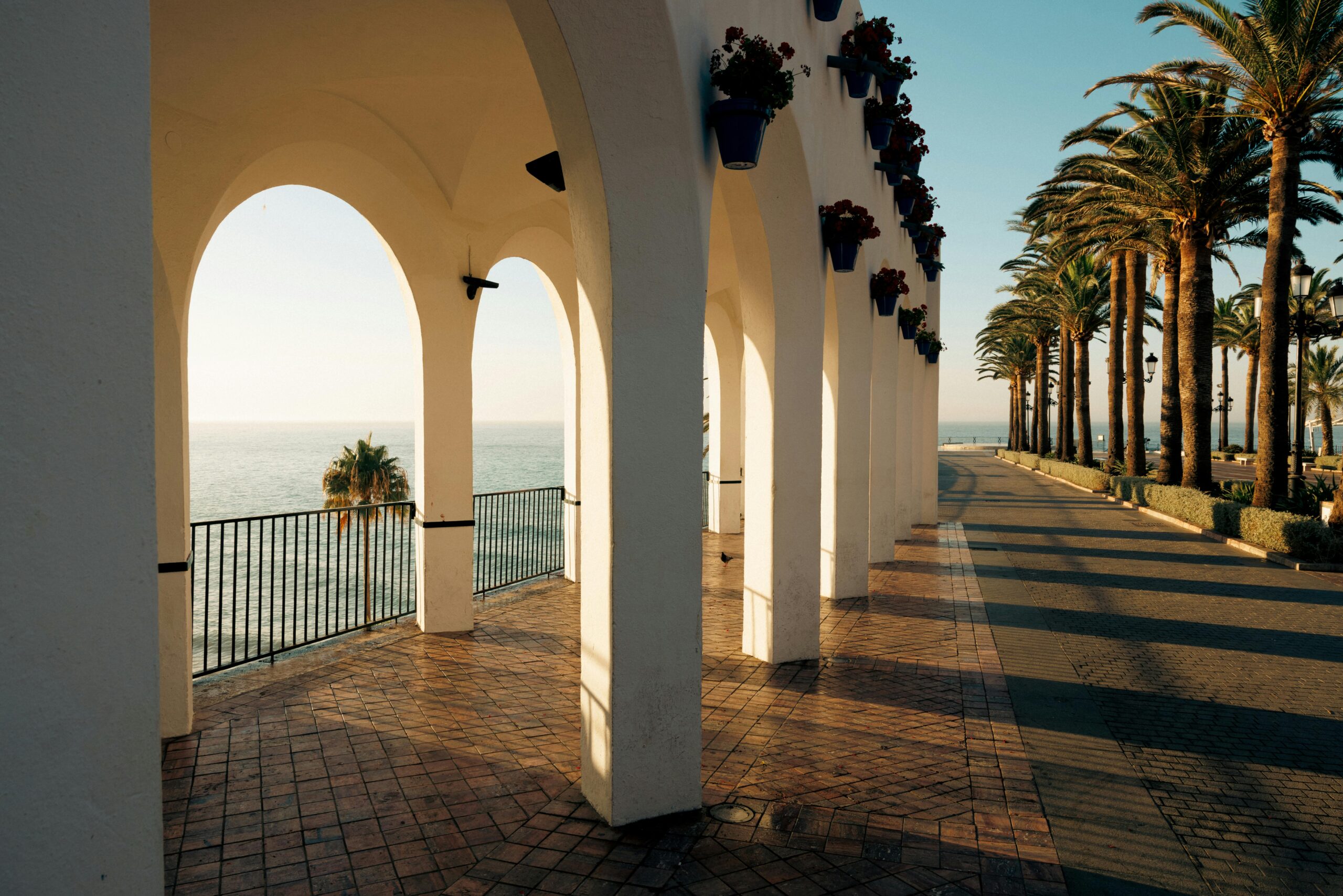
Discovering Zaragoza’s Mudejar Architecture: A Cultural Tour
- Culture, Zaragoza
- septiembre 6, 2024
Hanna Smith
Writer & Blogger
Zaragoza, the capital of the Aragón region in northeastern Spain, is a city where history and culture converge, offering a unique blend of architectural styles that reflect its diverse past. Among the city’s most striking features is its Mudejar architecture, a style that developed under Muslim rule and continued to flourish under Christian kings. This style, characterized by the use of brick, intricate tilework, and elaborate geometric patterns, is a testament to the rich cultural exchange between the Muslim and Christian communities in medieval Spain. Here’s a guide to discovering Zaragoza’s Mudejar architecture, with a focus on the city’s most iconic landmarks.
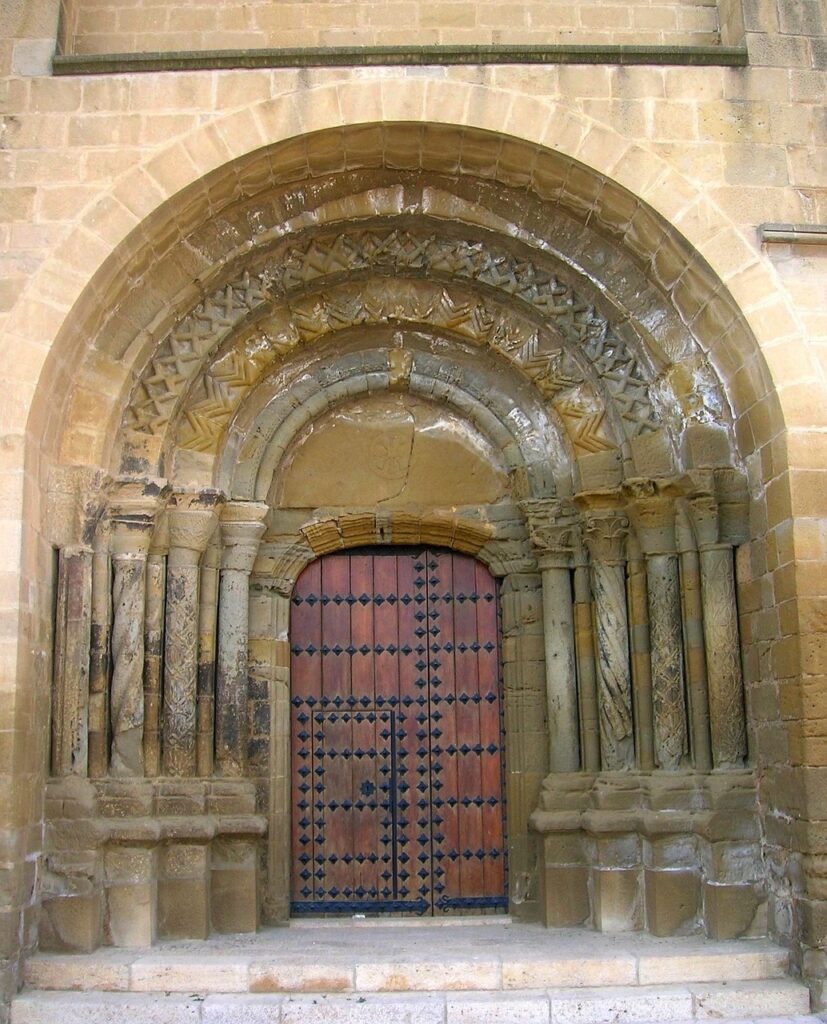
La Seo Cathedral
Start your journey at La Seo Cathedral, one of Zaragoza’s most important religious buildings and a stunning example of Mudejar architecture. Officially known as the Cathedral of the Savior (Catedral del Salvador), La Seo was built on the site of a former mosque and showcases a fascinating mix of architectural styles, including Romanesque, Gothic, Renaissance, and Mudejar.
The most notable Mudejar element of La Seo is its Parroquieta Chapel, which features a beautifully decorated exterior wall adorned with intricate geometric patterns, glazed tiles, and interlacing arches. Inside, the chapel is equally impressive, with its coffered ceiling and detailed tilework that reflects the influence of Islamic art. La Seo’s unique combination of styles makes it a must-visit for anyone interested in the architectural heritage of Zaragoza.
Aljafería Palace
Next on your tour is the Aljafería Palace, a medieval Islamic palace that stands as one of the finest examples of Mudejar architecture in Spain. Originally built in the 11th century as a fortress for the Muslim rulers of Zaragoza, the palace was later transformed into a Christian royal residence and underwent significant renovations that incorporated Mudejar elements.
The Troubadour Tower (Torre del Trovador), the oldest part of the palace, retains its original Islamic architecture, while the interior courtyards and halls showcase the rich Mudejar design, with horseshoe arches, stucco decorations, and intricately carved wooden ceilings. The Golden Hall (Salón Dorado), with its beautifully preserved coffered ceiling, is a highlight of the palace and offers a glimpse into the opulence of the medieval courts. The Aljafería Palace is also home to the Aragonese Parliament, adding a modern layer to its historical significance.
Church of San Pablo
Continue your exploration at the Church of San Pablo, a Gothic-Mudejar church that is often referred to as the “third cathedral” of Zaragoza due to its architectural grandeur. Built between the 13th and 14th centuries, the Church of San Pablo features a blend of Gothic and Mudejar elements, particularly in its stunning bell tower and intricate interior decorations.
The bell tower is a masterpiece of Mudejar design, with its octagonal shape, decorative brickwork, and horseshoe arches. Inside, the church boasts a richly decorated wooden ceiling with Mudejar motifs, as well as an impressive altarpiece that reflects the transition from Gothic to Renaissance styles. The Church of San Pablo is a hidden gem in Zaragoza’s architectural landscape, offering a quieter, more intimate experience of Mudejar art and craftsmanship.
Church of San Gil Abad
The Church of San Gil Abad is another essential stop on your Mudejar tour of Zaragoza. This 14th-century church, located in the historic center of the city, is a beautiful example of the Gothic-Mudejar style that characterizes much of Zaragoza’s religious architecture. The church was built on the site of an earlier Romanesque temple and was later modified to incorporate Mudejar elements.
The most striking feature of the Church of San Gil Abad is its Mudejar tower, adorned with decorative brickwork and geometric patterns that are typical of the style. The interior of the church is equally impressive, with its ribbed vaults, detailed altarpieces, and a coffered ceiling that showcases the intricate artistry of Mudejar craftsmen. The church’s blend of Gothic structure and Mudejar decoration makes it a significant site for understanding the cultural fusion that defines Zaragoza’s architectural heritage.
Church of San Miguel de los Navarros
Finish your tour at the Church of San Miguel de los Navarros, a Gothic-Mudejar church that stands out for its elegant design and rich history. Built in the 14th century, this church is named after Saint Michael the Archangel and is known for its beautiful Mudejar tower and detailed altarpiece.
The tower is a classic example of Mudejar architecture, with its intricate brickwork, horseshoe arches, and glazed tiles forming geometric patterns that catch the eye. Inside, the church houses a stunning altarpiece dedicated to Saint Michael, as well as a coffered ceiling that reflects the Mudejar tradition of combining woodwork with Islamic-inspired designs. The Church of San Miguel de los Navarros is a fitting end to your exploration of Zaragoza’s Mudejar treasures, offering a peaceful and contemplative space to reflect on the city’s rich architectural legacy.
Tips for Exploring Zaragoza’s Mudejar Architecture
- Wear Comfortable Shoes: Zaragoza’s Mudejar sites are spread throughout the city, so be prepared for some walking as you explore these historic landmarks.
- Take Your Time: Each site offers a unique perspective on Mudejar architecture, so take your time to appreciate the details and craftsmanship that make this style so special.
- Visit in the Morning: Some of the churches and sites can get busy later in the day, so visiting in the morning can offer a quieter experience.
- Consider a Guided Tour: To gain deeper insights into the history and significance of Zaragoza’s Mudejar architecture, consider joining a guided tour or hiring a local guide.
Conclusion
Zaragoza’s Mudejar architecture is a testament to the city’s rich cultural heritage and the unique blend of Islamic and Christian influences that shaped its history. From the grandeur of La Seo Cathedral to the intricate details of the Aljafería Palace and the charming Mudejar towers, each site offers a glimpse into the artistic and architectural achievements of medieval Spain. Whether you’re an architecture enthusiast or simply looking to explore the cultural treasures of Zaragoza, a tour of its Mudejar landmarks is sure to be a highlight of your visit.
Recent Posts
- All Posts
- Alicante
- Barcelona
- Beaches
- Bilbao
- Castles
- Cordoba
- Culture
- Day Trips
- Family
- Gastronomy
- Granada
- Hidden Gems
- Ibiza
- Madrid
- Mallorca
- Menorca
- Nature
- Nightlife
- Oviedo
- Seville
- Shopping
- Toledo
- Travel
- Valencia
- Zaragoza

Are you traveling with children?
Take some ideas of plans so you can enjoy the trip as a family. Ideal for everyone!
Category
- Alicante (15)
- Barcelona (15)
- Beaches (11)
- Bilbao (15)
- Castles (2)
- Cordoba (14)
- Culture (59)
- Day Trips (8)
- Family (13)
- Gastronomy (51)
- Granada (15)
- Hidden Gems (15)
- Ibiza (16)
- Madrid (15)
- Mallorca (5)
- Menorca (16)
- Nature (4)
- Nightlife (8)
- Oviedo (15)
- Seville (17)
- Shopping (6)
- Toledo (14)
- Travel (1)
- Valencia (16)
- Zaragoza (13)
Tags
- Adventure (3)
- ARt (5)
- Brunch (1)
- Churchs (5)
- Coffee (2)
- Day Trips (2)
- Festivals (2)
- Flamenco (3)
- Garden (1)
- Hidden Gems (10)
- Hiking (1)
- Historical (18)
- Market (4)
- Museums (2)
- Music (2)
- Nerja (1)
- Parks (3)
- Patios (3)
- Pintxos (2)
- Relax (1)
- Rooftops (3)
- Seafood (3)
- Snorkel (1)
- Spring (1)
- Tapas (8)
- Traditional (1)
- Trail (3)
- Trip (2)
- Viewpoints (2)
- Walking (4)
- Weekend (1)
- Wine (1)
- Winter (1)
Top 10 Best Christmas Markets in Spain: Festive Guide 2024 Travel noviembre 19, 2024 Olivia Jones Writer & Blogger Spain, with its rich cultural heritage and festive spirit, transforms into a winter wonderland during the holiday season. From bustling urban centers to quaint historic towns, the country hosts a plethora of Christmas markets that captivate both locals and visitors. These markets, known as «mercados de Navidad,» offer a unique blend of traditional crafts, delectable treats, and vibrant entertainment, making them a must-visit during the festive period. 1. Plaza Mayor Christmas Market, Madrid Madrid’s Plaza Mayor, a historic square dating back to the 17th century, becomes the heart of the city’s Christmas celebrations. From late November to December 31st, the square is adorned with over 100 stalls offering a variety of items, from handcrafted ornaments to traditional nativity scene figures. The market is renowned for its festive atmosphere, with twinkling lights illuminating the square and street performers entertaining the crowds. Visitors can indulge in seasonal delicacies such as «turrón» (nougat) and «polvorones» (almond cookies), making it a delightful experience for all ages. Destinos Europeos Excepcionales 2. Fira de Santa Llúcia, Barcelona Established in 1786, the Fira de Santa Llúcia is Barcelona’s oldest and most iconic Christmas market. Located in front of the majestic Barcelona Cathedral, the market features over 280 stalls selling a wide array of products, including handcrafted gifts, decorations, and traditional Catalan items. A unique aspect of this market is the «caganer,» a traditional Catalan figurine often included in nativity scenes. The market also hosts various activities, such as workshops and musical performances, providing a comprehensive festive experience. España 3. Mercado de Navidad de Plaza del Pilar, Zaragoza Zaragoza’s Plaza del Pilar transforms into a festive hub from early December to early January. The market boasts a large ice-skating rink, a nativity scene with live animals, and numerous stalls offering artisanal crafts and local gastronomy. The backdrop of the Basilica del Pilar adds to the enchanting atmosphere, making it a picturesque destination for holiday festivities. Sensational Spain 4. Mercado de Navidad de la Plaza del Ayuntamiento, Valencia Valencia’s central square hosts a charming Christmas market featuring stalls with handcrafted goods, festive decorations, and local delicacies. The market is known for its lively ambiance, with street musicians and performers adding to the festive spirit. Visitors can also enjoy the beautifully decorated Christmas tree and the traditional nativity scene displayed in the square. Sensational Spain 5. Feria del Belén, Seville Seville’s Feria del Belén is a specialized market dedicated to nativity scenes. Located near the Cathedral, the market offers a vast selection of handcrafted nativity figures and accessories, reflecting the city’s deep-rooted Christmas traditions. It’s an ideal place for collectors and those looking to add a unique touch to their holiday decorations. Sensational Spain 6. Mercado de Navidad de la Plaza Mayor, Salamanca Salamanca’s historic Plaza Mayor hosts a delightful Christmas market featuring stalls with artisanal crafts, festive foods, and holiday decorations. The square’s stunning architecture, illuminated with festive lights, provides a magical setting for the market. Visitors can enjoy traditional Spanish Christmas treats and find unique gifts while soaking in the festive atmosphere. Sensational Spain 7. Mercado de Navidad de la Plaza de la Constitución, Málaga Málaga’s Plaza de la Constitución becomes a focal point of Christmas celebrations, hosting a market with stalls offering a variety of products, from crafts to culinary delights. The city’s famous Christmas lights, especially along Calle Larios, are a major attraction, drawing visitors from all over to witness the spectacular displays. Sensational Spain 8. Mercado de Navidad de la Plaza Mayor, León León’s Plaza Mayor transforms into a festive market during the holiday season, featuring stalls with local crafts, food, and Christmas decorations. The market is known for its warm and welcoming atmosphere, with the historic square providing a beautiful backdrop for the festivities. Visitors can enjoy traditional music performances and sample regional specialties, making it a memorable experience. Sensational Spain 9. Mercado de Navidad de la Plaza del Príncipe, Vigo Vigo’s Plaza del Príncipe hosts a vibrant Christmas market known for its lively atmosphere and diverse offerings. Stalls feature a range of products, including handmade crafts, festive foods, and unique gifts. The city’s impressive Christmas light displays, which have gained international recognition, add to the market’s appeal, creating a magical setting for holiday shoppers. Sensational Spain 10. Mercado de Navidad de la Plaza Mayor, Burgos Burgos’s Plaza Mayor becomes a hub of Christmas activity, with a market offering a variety of goods, from artisanal crafts to local delicacies. The market is set against the backdrop of the city’s historic architecture, with festive lights illuminating the square. Visitors can explore the stalls, enjoy traditional music, and experience the warm hospitality of the locals during the holiday season. Sensational Spain Tips for Visiting Spanish Christmas Markets Timing: Most markets open in late November and run until early January. It’s advisable to check specific dates in advance, as they can vary each year. Local Specialties: Each region offers unique products and delicacies. For instance, Barcelona is known for its «caganer» figurines, while Madrid offers a variety of nativity scene figures. Cultural Etiquette: Engaging with local vendors and participating in traditional activities can enhance the experience. Learning a few basic Spanish phrases can also be beneficial. Weather Preparedness: While Spain generally has a mild winter, temperatures can drop in the evenings. Dressing in Recent Categories You may also like: Edit Template
Authentic Flamenco Shows in Córdoba: Where to Experience the Best Uncategorized septiembre 14, 2024 Hanna Smith Writer & Blogger Edit Template Córdoba, a city steeped in history and culture, is one of the best places in Spain to experience the passionate art of flamenco. While Seville is often seen as the heart of flamenco, Córdoba has its own rich tradition and offers a more intimate and authentic flamenco experience. From small, cozy tablaos to larger venues, here’s a guide to the best places in Córdoba to witness this captivating performance of dance, song, and music. Córdoba Edit Template 1. Tablao El Cardenal One of the most famous venues in Córdoba, Tablao El Cardenal offers nightly flamenco performances featuring some of the region’s most talented dancers, singers, and guitarists. Located in the heart of the city, near the Mezquita, the venue has a traditional Andalusian courtyard setting that adds to the charm of the experience. The performances here are dynamic, showcasing the fiery energy and emotion that make flamenco so unique. Why It’s Special: The venue is steeped in history, set in an old 16th-century building. Performances feature a variety of flamenco styles, including bulerías, tangos, and fandangos. The intimate setting allows for a closer connection to the performers, making it a deeply moving experience. Tips: Book your tickets in advance, as performances often sell out, especially during peak tourist seasons. Arrive early to get a good seat and enjoy the beautiful surroundings of the courtyard. 2. Arte y Sabores de Córdoba For a unique combination of flamenco and local cuisine, Arte y Sabores de Córdoba offers an experience that combines Andalusian gastronomy with an authentic flamenco performance. The venue is located inside the Arab Baths of Santa María, adding an extra layer of historic ambiance to your evening. You can enjoy a selection of traditional tapas and wines while watching a mesmerizing flamenco show. Why It’s Special: The setting in the former Arab Baths creates a unique and historic atmosphere. Enjoy the local flavors of Córdoba with dishes like salmorejo and jamón ibérico as part of your evening. Performances feature both traditional and modern flamenco, showcasing a range of styles and expressions. Tips: Make a reservation for both the show and the meal to ensure you have the full experience. Try the local wines that are offered as part of the dinner package for an authentic taste of Córdoba. 3. Peña Flamenca Fosforito For those looking for a more local and traditional experience, Peña Flamenca Fosforito is a flamenco social club where locals gather to celebrate the art of flamenco. Named after Antonio Fernández Díaz “Fosforito”, a legendary flamenco singer from Córdoba, this venue offers a more informal and intimate setting where you can witness flamenco performances that are deeply rooted in the community. Why It’s Special: The performances here are raw and authentic, often featuring local talent. It’s a great place to experience cante jondo, the deepest and most expressive style of flamenco singing. The atmosphere is friendly and welcoming, offering a true taste of Córdoba’s flamenco culture. Tips: Peña Flamenca Fosforito often hosts special events and festivals, so check the schedule in advance for unique performances. This venue is less touristy than others, making it a great option for those looking for a more authentic, local experience. 4. La Bulería La Bulería is a popular flamenco bar in Córdoba where you can experience live flamenco performances in a lively and intimate setting. Known for its vibrant atmosphere, La Bulería attracts both locals and visitors, making it a fantastic place to immerse yourself in the passionate energy of flamenco. The small size of the venue ensures that every seat offers a great view of the performers. Why It’s Special: The venue’s small size creates an up-close experience with the performers. The lively and energetic atmosphere makes it a great spot for a night out with friends or family. It’s a more casual and relaxed environment compared to larger tablaos, offering a fun and spontaneous flamenco experience. Tips: Shows start late in the evening, so plan accordingly for a true flamenco night out. Arrive early to secure a good spot, as seating is limited. 5. La Casa de la Memoria If you’re looking for a deeper understanding of flamenco’s roots and history, a visit to La Casa de la Memoria is a must. While not exclusively a flamenco venue, this cultural center in Córdoba often hosts flamenco shows alongside exhibitions and events that delve into the history of this iconic Andalusian art form. It’s a great place to learn more about the evolution of flamenco while also enjoying a top-notch performance. Why It’s Special: The focus on cultural preservation adds a meaningful dimension to the flamenco performances. The venue regularly hosts lectures and workshops on flamenco, making it ideal for those looking to learn more about the art form. The intimate performances often feature both established and up-and-coming flamenco artists. Tips: Check their event schedule in advance, as performances are not held every night. Consider attending one of the workshops or lectures to gain deeper insight into flamenco culture. Conclusion Córdoba offers a wide range of venues where you can experience authentic flamenco performances, from historic tablaos to local social clubs. Whether you’re looking for a vibrant night out or a more intimate, traditional experience, Córdoba’s flamenco scene will captivate you with its passion and artistry. So grab a seat, tap your feet, and let the soulful sounds of flamenco transport you into the heart of Andalusian culture. Recent Categories You may also like: Edit Template
